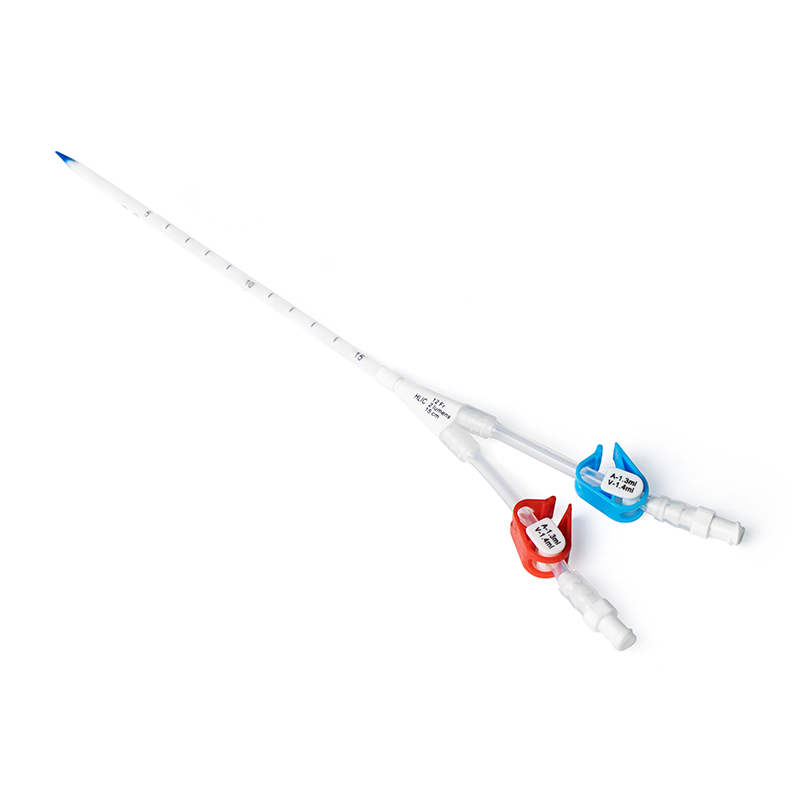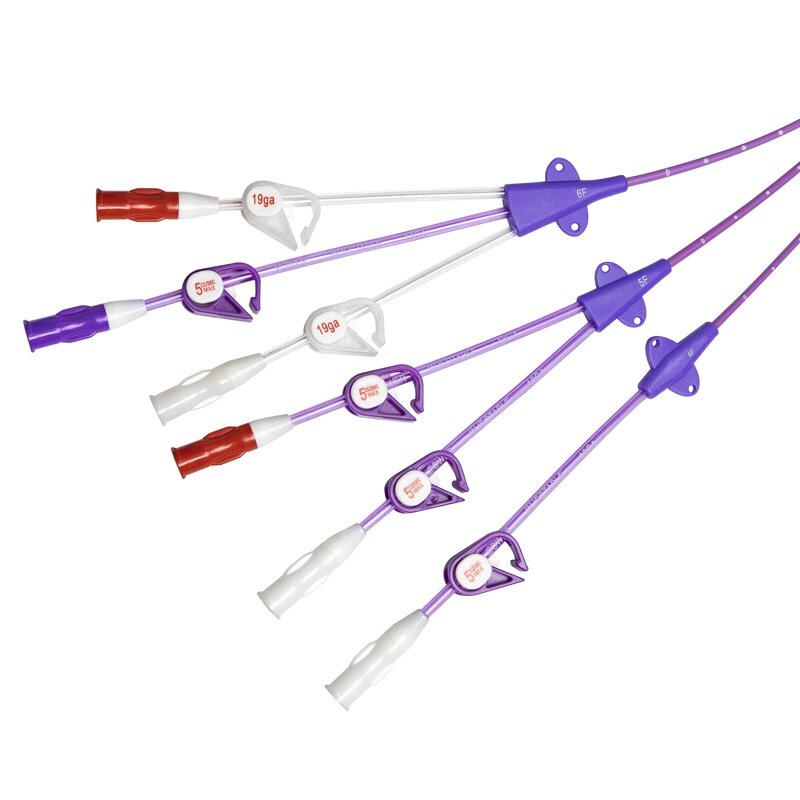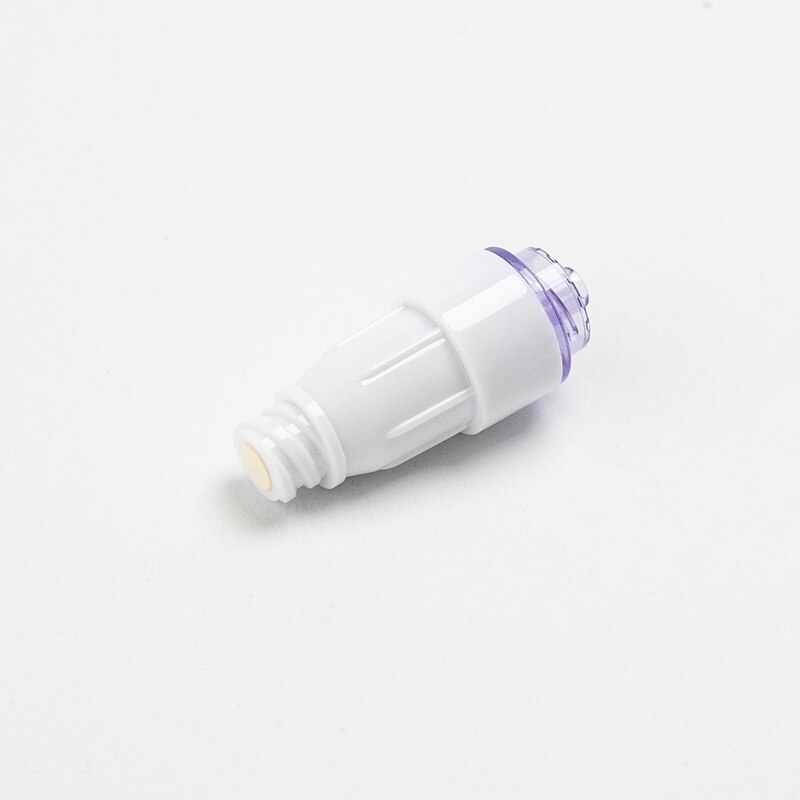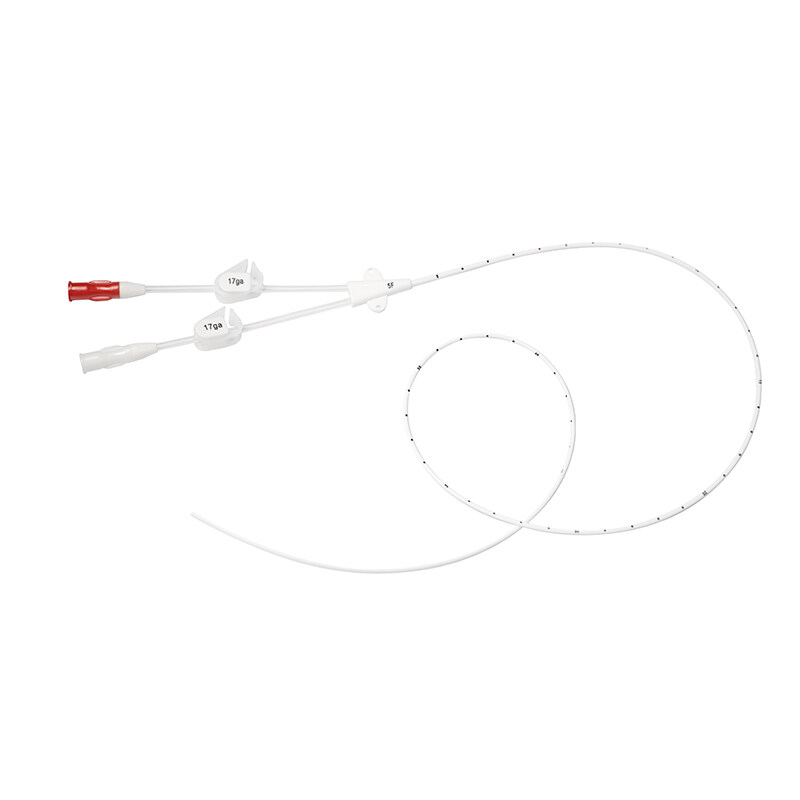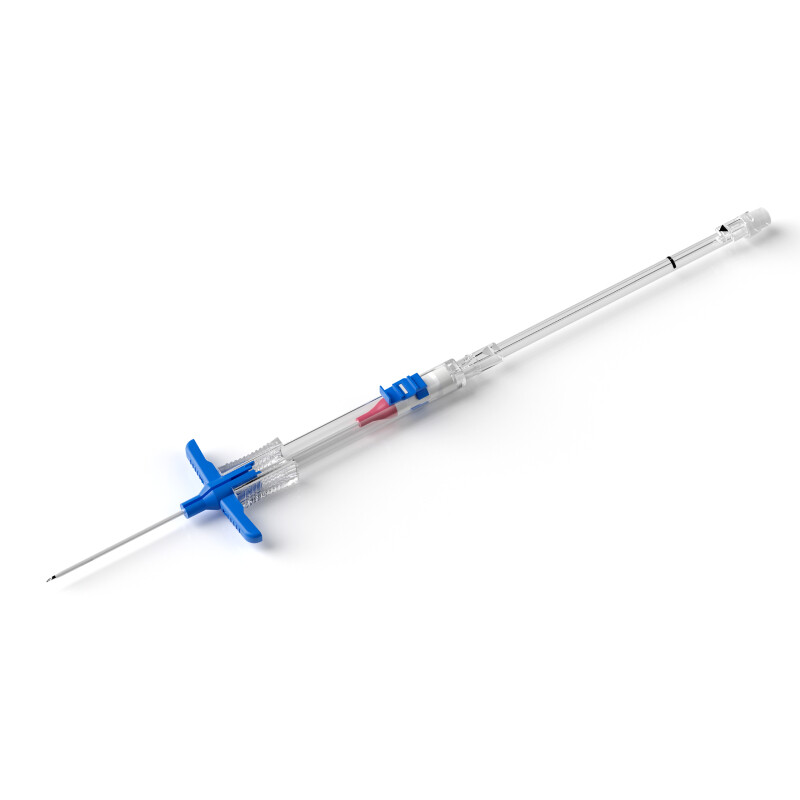Hemodialysis is a procedure that is used to remove waste products from the blood of patients who suffer from kidney failure or other related conditions. A hemodialysis catheter is a medical device that is used to provide access to the bloodstream during hemodialysis treatments.
The catheter is inserted into a large vein, usually in the neck, chest, or groin, and remains in place for the duration of the treatment. In order for the catheter to work effectively, it is important to ensure that it is functioning normally.
How to Judge the Normal Work of a Hemodialysis Catheter?
Check for proper insertion
The first thing to do when assessing the normal work of a hemodialysis catheter is to ensure that it has been inserted properly. The catheter should be placed in a large vein, such as the jugular or femoral vein, and positioned so that it can efficiently remove the blood and return it to the patient. It may not work effectively if the catheter is not inserted properly.
Monitor for signs of infection
It is important to monitor the insertion site for signs of infection, such as redness, swelling, or discharge. Infections can cause blockages or other complications that can interfere with the function of the catheter. If an infection is suspected, the catheter should be removed and treated immediately.
Check for proper blood flow
The next step in assessing the normal work of a hemodialysis catheter is to check for proper blood flow. Blood flow should be smooth and consistent, and any changes in the flow should be reported to a healthcare provider immediately. If blood flow is sluggish or inconsistent, it may be a sign that the catheter is blocked or damaged.
Assess for leaks
Another important factor in judging the normal work of a hemodialysis catheter is to check for leaks. Leaks can occur when the catheter is not properly secured or if there is damage to the catheter itself. If there is any evidence of leaking, the catheter should be removed and replaced immediately.
Evaluate for clotting
Finally, it is important to evaluate the catheter for clotting. Clotting can occur when blood is not flowing properly through the catheter, or if the catheter is damaged. If there is evidence of clotting, the catheter may need to be flushed or replaced.
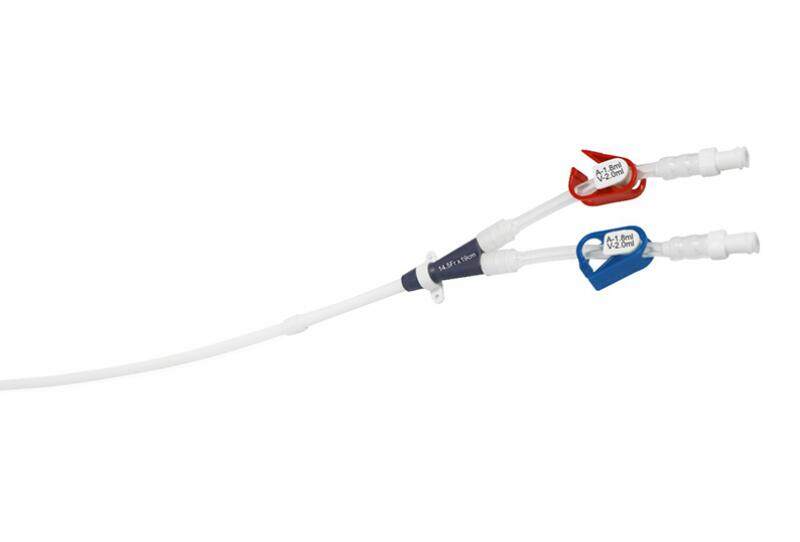
How often should a hemodialysis catheter be replaced?
Hemodialysis catheters should be replaced periodically to reduce the risk of complications such as infection, clotting, and blockages.
The frequency of replacement depends on several factors, including the type of catheter, the patient's medical history, and the recommendations of the healthcare provider. In general, hemodialysis catheters should be replaced every 3-6 months.
Can a hemodialysis catheter be used for other purposes besides hemodialysis?
Hemodialysis catheters are specifically designed for use during hemodialysis treatments and should not be used for other purposes. Using a hemodialysis catheter for other purposes can increase the risk of infection, blood clots, and other complications.
What should a patient do if a hemodialysis catheter becomes dislodged or damaged?
If a hemodialysis catheter becomes dislodged or damaged, the patient should seek immediate medical attention. Displacement or damage can lead to bleeding or other complications that require prompt medical attention.
How do patients care for hemodialysis catheters at home?
Healthcare providers give patients instructions on how to care for hemodialysis catheters at home. Some general tips include keeping the insertion site clean and dry, avoiding swimming or soaking in water, and avoiding wearing tight clothing or jewelry that could put pressure on the catheter.
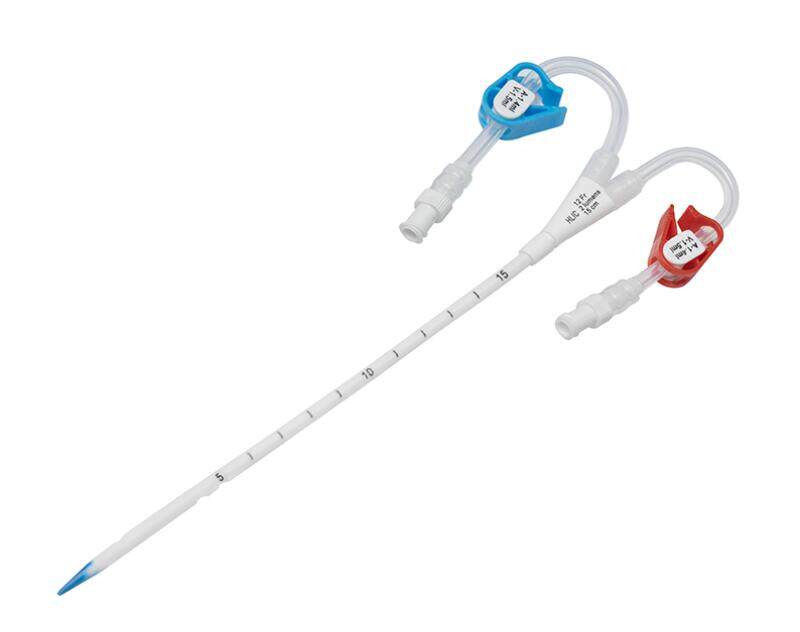
In a word, to judge the normal work of a catheter, it is important to ensure that it has been inserted properly, monitor for signs of infection, check for proper blood flow, assess for leaks, and evaluate for clotting.
If you suspect any problems with your hemodialysis catheter, you should report them to your healthcare provider immediately.

